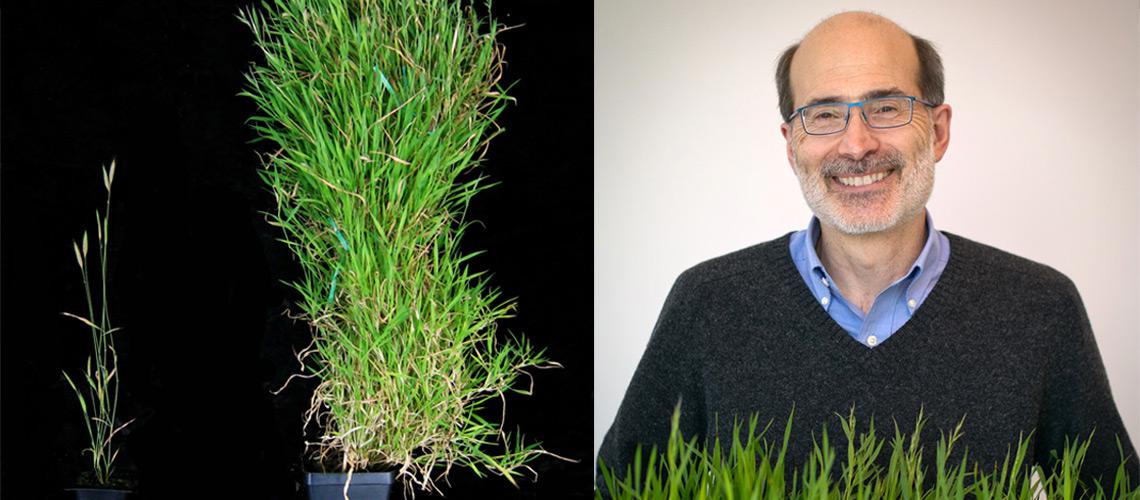
Winter is no time to flower, which is why so many plants have evolved the ability to wait for the snow to melt before investing precious resources in blooms.
Waking up to flower as the warmer, longer days of spring arrive — and the risk of a damaging frost recedes — requires a process called vernalization, in which flowering is blocked until the plant senses a sufficient cold spell. Researchers at the University of Wisconsin–Madison have identified a gene that keeps grasses from entering their flowering cycle until the season is right, a discovery that may help plant breeders and engineers get more from food and energy crops.
“For many plants — some varieties of wheat are a good example — it’s advantageous to get established in the fall but avoid flowering before it gets really cold,” says Rick Amasino, a UW–Madison professor of biochemistry and genetics. “By becoming established in the fall, such plants can take full advantage of the window of the growing season when it opens in the spring.”